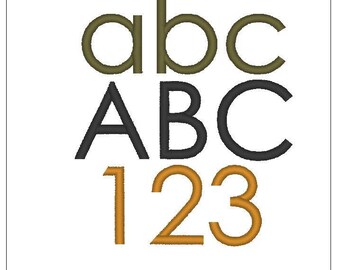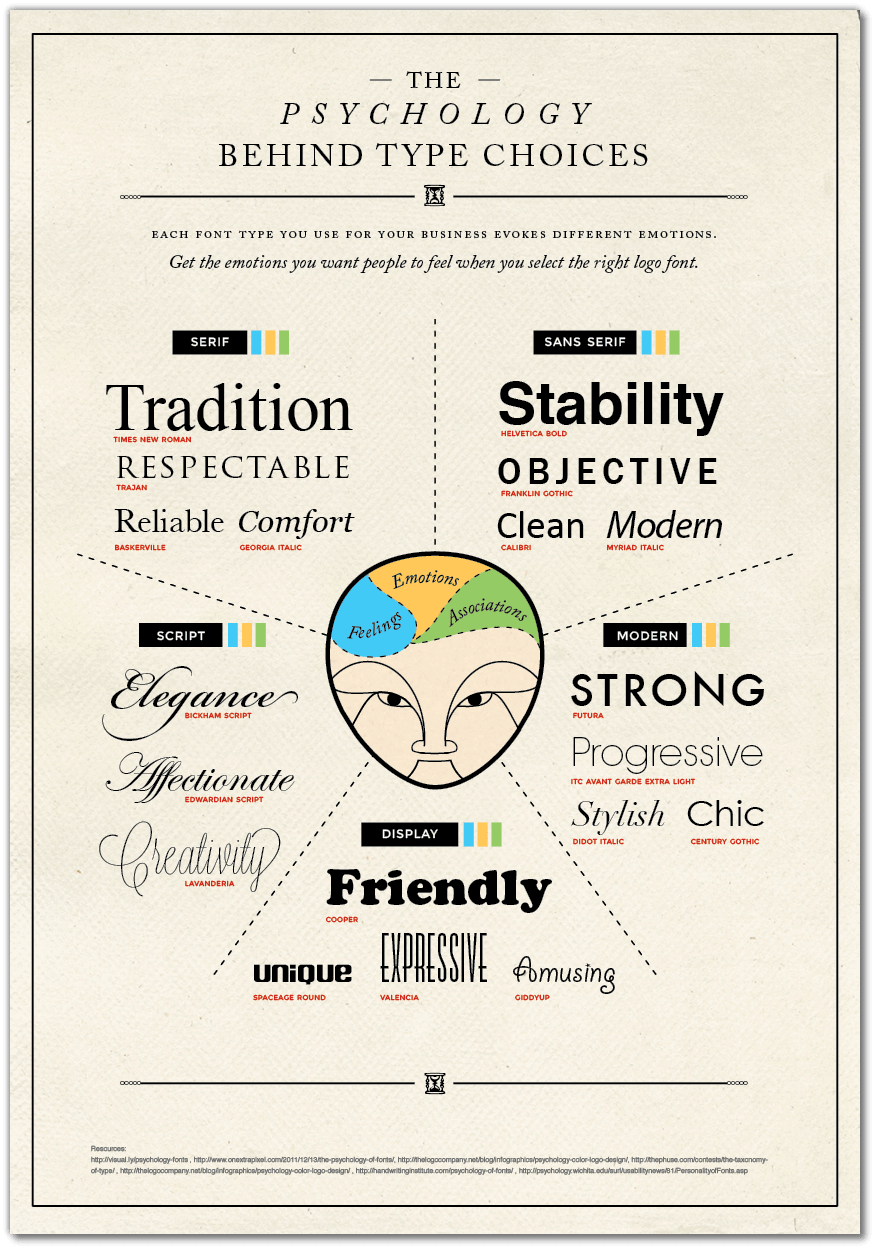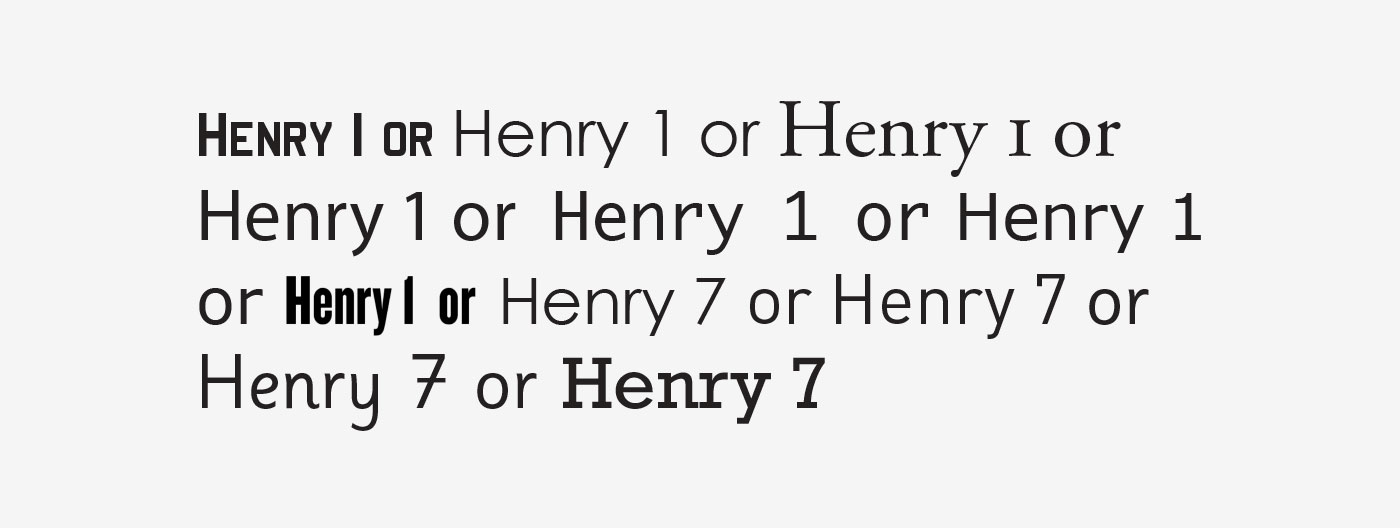From Romanesque to Gothic
If we compare a twelfth-century manuscript like the third Life of St Amand with a mid-thirteenth-century book such as the Psalter of St Louis, we can see that a huge change has taken place in the style of medieval painting during the first half of the thirteenth century. The complete change in attitude cannot be traced along one simple route. Before one can assess the new Gothic style of painting in its entirety, half a century of complex ideas and contradictions must be disentangled.
Mid century coats were typically lined with fur and colored fabric, ornated with trim, fur and jewels. Coats were common among Vikings in the Nordic countries with cold winter. Warm jacket with long sleeves was the basic outerwear garment here. In the warmer months, they used to wear woolen jackets, and in the cold they were lined with fur. Required Cookies & Technologies. Some of the technologies we use are necessary for critical functions like security and site integrity, account authentication, security and privacy preferences, internal site usage and maintenance data, and to make the site work correctly for browsing and transactions. French Gothic Illuminations. It is no accident that this new style of Christian art was born in France. The University of Paris was the intellectual centre of Europe throughout the thirteenth century, and from the time of St Louis (1226-70) the French court became increasingly important.
To some extent the decline of Romanesque painting and the emergence of the new style of Gothic art is due in France, as in England, to fresh contact with Byzantine art, either via Sicily or from Constantinople itself. A new naturalism is particularly noticeable in a book such as the Souvigny Bible (Paris, Bibliotheque Nationale), where the scenes are permeated with a new sense of form and composition. The question about where this new movement first appeared is complicated by the fact that a group of books which were probably written in France during the exile of St Thomas Becket was given to Canterbury. A monk of Canterbury, Manerius, was the scribe of a three-volumed Bible (Paris, Bibliotheque Ste Genevieve). The Bible of St Andre au Bois (Boulogne, Bibliotheque Municipale) has initials filled with fighting men of extraordinary violence. These two books along with several others can all be grouped together because of the style of their initials. All are decorated with thick acanthus foliage emerging from an ordered pattern of stems, and all have powerful colouring.
In these early transitional books the importance of Mosan metalwork must again be stressed. Many of the small works of bronze sculpture of the second half of the twelfth century have remarkably naturalistic draperies with the fabric drawn back from the knees in a series of parallel folds. The panels on the Klosterneuburg Altarpiece, made in 1181 by Nicholas of Verdun - the leading exponent of Mosan art - have figures of a style closely reflected in a book such as the Ingeborg Psalter (Chantilly, Musee Conde). This Psalter was written for the Danish queen of Philip Augustus, King of France, and was probably made c.1200. The paintings have taken on the metallic quality of their prototypes and the draperies have the swinging, horizontal folds of the work of Nicholas of Verdun. This style occurs again in another medium in some of the stone sculpture at Reims Cathedral.
The sketchbook of Villard d'Honnecourt does not fit easily into an introduction to illuminated manuscripts, but even so it is worth mentioning. Architectural designs must have been carried from one centre to another in pattern books. Unfortunately, these were not considered as items of importance and were destroyed by later generations. However, the sketchbook of Villard has survived and tells us a great deal about the spread of artistic ideas. He drew buttresses, rose windows, and ground plans primarily from the point of view of an architect. But it is most likely that painters also used sketchbooks, and in any case, we eventually find that Medieval artists, masons and metalworkers all shared the same basic repertory of forms. Quite apart from drawing, the new style was considerably influenced by the art of stained glass. Although Romanesque art paid great attention to stained glass, the area devoted to it in Romanesque churches was comparatively small, and decoration principally took the form of mural painting, to which large areas could be devoted. But as Gothic architecture perfected the technique of stone vaulting it was able to lighten the load with the use of flying buttresses and make far larger window openings. These were filled with stained glass. This new medium allowed great scope for pictorial artists, who, in their turn, influenced the making of illuminated manuscripts, in both composition and colour.
NOTE: For details of the oldest known illuminated Biblical text, see: the Garima Gospels (390-660) from Ethiopia's Abba Garima Monastery.
Century Gothic Font is the sans-serif typeface that was based on the geometric style. This is the creation and released by the famous font foundry Monotype Imaging in 1991.
This typeface design is strongly based on the font Futura, but the basic difference is that it has a larger x-height just like the roboto font. The design can be also similar to the different typefaces that were created as the competition to the Futura Font.
Century Gothic Font Family is the main typeface of Adobe that is very useful for its pairing and bold italic function and it is available for free download.
This typeface basically provides the hand-drawn Christmas text patterns that were widely used at the pastry stores and it works great with the varsity font.

View Of Century Gothic Font
Below we are providing the styling of this typeface.
Usage
This typeface can easily be utilized in the following projects.
- Postcards and flyers
- Office branding
- GIFs
- PowerPoint presentations
- Websites
- Signage
- Animated logos
- Newspapers
- Game interfaces
- Wall murals
Font Details
| Name | Century Gothic Font |
| Style | Geometric |
| Designer | Monotype Imaging |
| File Format | OTF, TTF |
| License | Free for Personal Use |
| Type | Free Version |
License Information
The design shared this font for free that you can use in your graphic designs. However, if you would like to use it for commercial purposes then you have to purchase it or contact the author for permissions.
Century Gothic Font Free Download
You can get the beautiful font that comes in the zip format. You can extract it easily with Winrar after that you will discover your font files that are in TTF and OTF formats.
Similar Fonts to Century Gothic
- Spartan
- Geometric 212
- LTC Twentieth Century
- Avenir Next
- FF Mark
- Ano
- ITC Avant Garde Gothic
Font Family Includes
- Century Gothic™ Regular
- Century Gothic™ Regular
- Century Gothic™ Bold
- Century Gothic™ Italic
- Century Gothic™ Variable Regular
- Century Gothic™ Variable Italic
- Century Gothic™ Bold Italic
- Century Gothic™ Black
- Century Gothic™ Black Italic
- Century Gothic™ Light
- Century Gothic™ Light Italic
- Century Gothic™ SemiBold
- Century Gothic™ SemiBold Italic
- Century Gothic™ Thin
- Century Gothic™ Thin Italic
- Century Gothic™ ExtraBold
- Century Gothic™ ExtraBold Italic
Supported Languages
English, Greek, Greenlandic, Guarani, Haitian Creole, Hausa, Hawaiian, Hiligaynon, Hill Mari, Hmong, Hopi, Hungarian, Ibanag, Icelandic, Iloko (Ilokano), Indonesian, Interglossa (Glosa), Interlingua, Irish (Gaelic), Istro-Romanian, Italian, Jèrriais, Kabardian, Kalmyk (Cyrillic), Karachay (Cyrillic), Kashubian, Kazakh (Cyrillic), Khakas, Khalkha, Khanty, Kildin Sami, Komi-Permyak, Kurdish, Kurdish (Kurmanji), Kyrgyz (Cyrillic), Ladin, Latvian, Lithuanian, Lojban, Lombard, Low Saxon, Luxembourgian, Macedonian, Uzbek (Cyrillic), Veps, Vietnamese, Volapük, Votic (Cyrillic), Votic (Latinized), Walloon, Warlpiri, Welsh, Xhosa, Malagasy, Malay (Latinized), Maltese, Northern Sotho (Pedi), Norwegian, Occitan, Oromo, Czech, Danish, Dungan, Dutch, English, Esperanto, Estonian, Evenki (Cyrillic), Faroese, Fijian, Finnish, French, French Creole (Saint Lucia), Frisian, Friulian, Galician, Genoese, German, Gilbertese (Kiribati), Manx, Maori, Meadow Mari, Megleno-Romanian, Míkmaq, Mohawk, Moldovan, Nahuatl, Nenets, Norfolk/Pitcairnese, Slovenian (Slovene), Somali, Southern Ndebele, Southern Sotho (Sesotho), Spanish, Swahili, Swati/Swazi, Swedish, Tagalog (Filipino/Pilipino), Tahitian, Tajik, Tatar (Cyrillic), Tausug, Tetum (Tetun), Tok Pisin, Tongan (Faka-Tonga), Tswana, Turkmen, Turkmen (Cyrillic), Turkmen (Latinized), Tuvaluan, Tuvin, Udmurt, Ukrainian, Ulithian, Uyghur (Cyrillic), Uyghur (Latinized),Yakut/Sakha, Yapese, Zulu.
Century Gothic Full Font Family
Font FAQS!
What Type of Font Is Century Gothic?
It is the sans-serif typeface that was based on the geometric style. This is the creation and released by the famous font foundry Monotype Imaging in 1991.
Can I Use Century Gothic Font on My Website?
Yes! You can use the Century Gothic website on your website and can make your website design more beautiful.
Is Century Gothic a Free Font?
The Century Gothic Font is available to download free for personal use but if you want to use it for commercial purposes then you might need permission from the owner.

What’s the Closest Font to Century Gothic?

The Avenir Font is very close to the Century Gothic Font.

How to Install Century Gothic on Mac or Windows PC?
Mid Century Gothic Furniture
You can check out our Font Installation in the windows guide or a separate guide on the installation of Fonts in Mac.